Milk is a type of liquid. A liquid takes on the shape of the container it is in. The milk has the same shape as the glass. Liquids have a surface. The surface of the milk is near the top of the glass where the milk meets the air above it.
Click on image for full size
Image courtesy of Corel Corporation.
Liquids
Liquid is one of the four common states of matter. The three others are gas, solid, and plasma. There are also some other exotic states of matter that have been discovered in recent years.
A liquid does not have a fixed shape, like a solid; instead it takes on the shape of the container that it is in. Liquids can flow. A liquid has a distinct surface, unlike a gas. This surface is called a free surface. For example, water in a glass has a surface where the water ends and the air above it begins.
When a liquid boils or evaporates, it becomes a gas. When a liquid freezes, it becomes a solid. For example, when liquid water boils, it becomes water vapor. When liquid water freezes, it becomes ice.
In everyday life we think of a liquid and a fluid as being the same thing. Scientists use the term "fluid" in a special way, though, to mean things that can flow. Liquids, gases, and plasmas are all fluids as far as scientists are concerned.
Water is probably what you think of when someone mentions a liquid. Milk, gasoline, and cooking oil are other common liquids. Some common substances, like the oxygen and nitrogen in air, are gases under "normal" circumstances but can become liquids if they are very, very cold. Mercury is a kind of metal that is a liquid at normal temperatures; it doesn't "freeze" and become a solid until cooled to -39° C (-38° F). Glass and steel become liquids when they are heated to very, very high temperatures.
You might also be interested in:
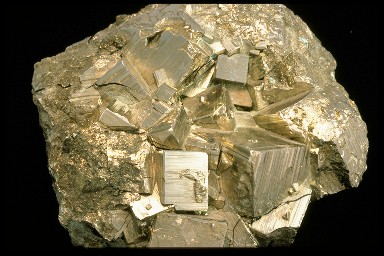
Solid is one of the four common states of matter. The three others are gas, liquid, and plasma. There are also some other exotic states of matter that have been discovered in recent years. Unlike liquids
...more
Plasma is known as the fourth state of matter. The other three states are solid, liquid and gas.In most cases, matter on Earth has electrons that orbit around the atom's nucleus. The negatively charged
...more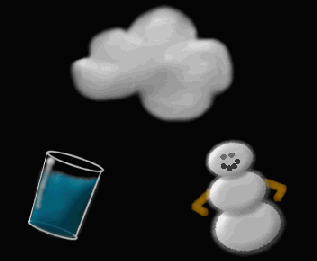
A snowman, glass of water and steam might look very different but they are made of the same stuff! Just like any substance, water can exist in three different forms, called states: solid, liquid and gas.
...more
One process which transfers water from the ground back to the atmosphere is evaporation. Evaporation is when water passes from a liquid phase to a gas phase. Rates of evaporation of water depend on things
...more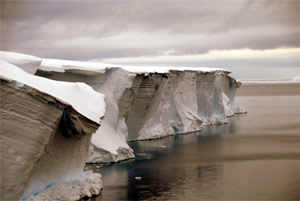
Frozen water is found in many different places on Earth. Snow blankets the ground at mid and high latitudes during winter. Sea ice and icebergs float in the chilly waters of polar oceans. Ice shelves fringe
...more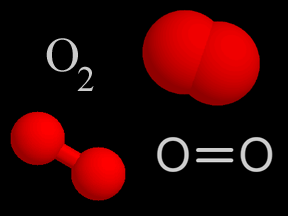
Oxygen (O2) is a kind of gas. A lot of the air you breathe is oxygen. That's a good thing, since we need oxygen to stay alive! About 4/5ths of the air in Earth's atmosphere is nitrogen (N2). Almost all
...more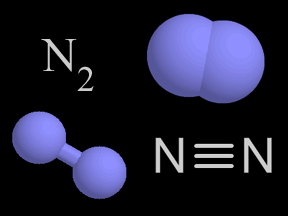
There is more nitrogen gas in the air than any other kind of gas. About 4/5ths of Earth's atmosphere is nitrogen gas! A molecule of nitrogen gas is made up of two nitrogen atoms. There are other molecules
...more















